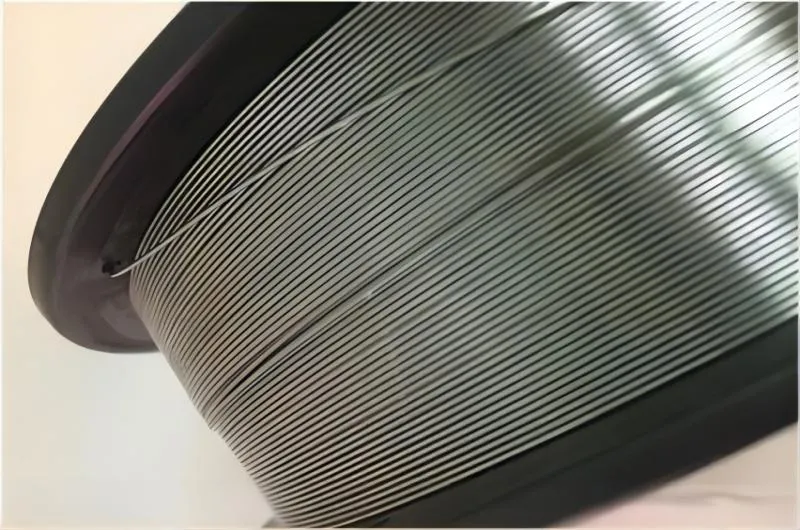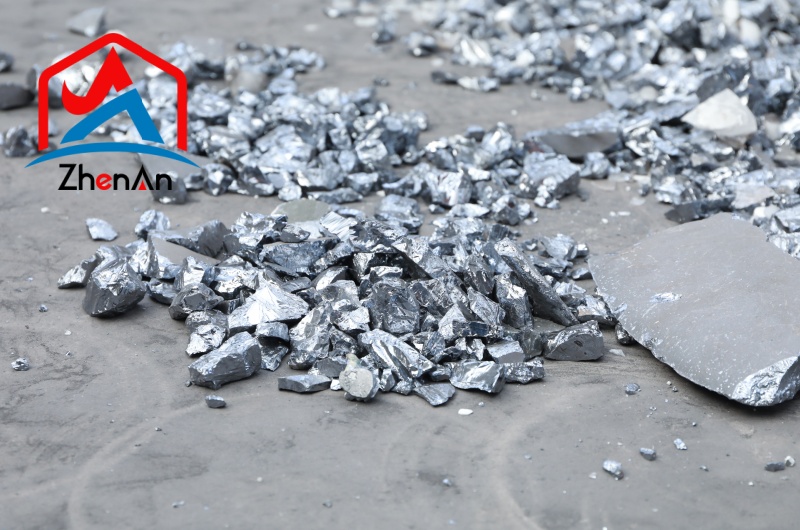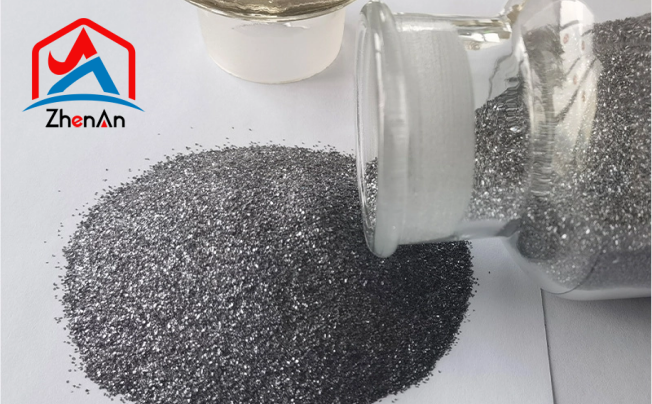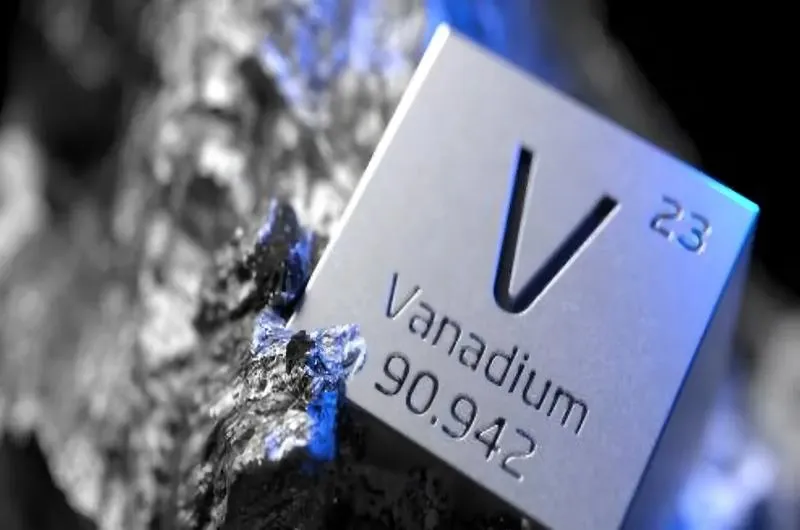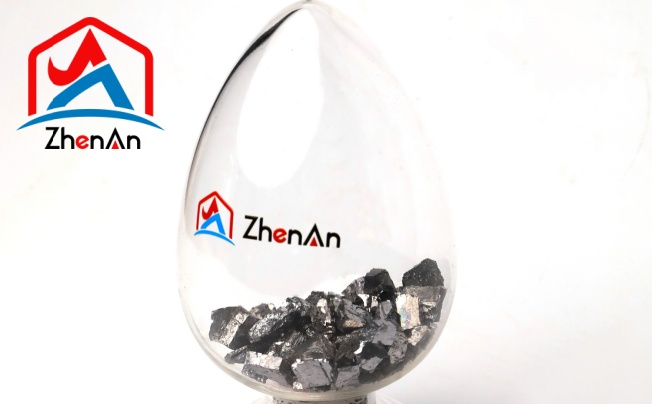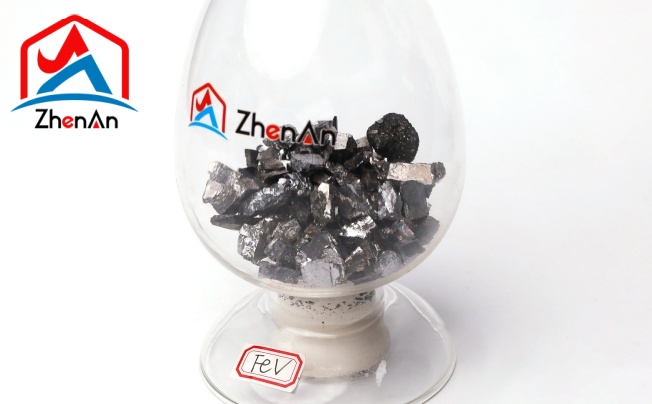BY  GENN
GENN
2024/04
Blog
Tips for Proper Handling and Maintenance of Flux Core Wire
Storage Conditions to Prevent Moisture Absorption
Proper storage of flux core wire is crucial to maintain its welding performance. Flux core wire is sensitive to moisture, which can lead to porosity and other welding defects. To prevent moisture absorption, store the wire in a dry environment with controlled humidity levels.
Consider using airtight containers or sealed bags to protect the wire from exposure to air and humidity. Additionally, keep the wire away from water sources or damp areas in your workshop.
Maintaining the integrity of the flux core wire also involves avoiding temperature fluctuations that can cause condensation. Store the wire in a consistent temperature range recommended by the manufacturer.
Regularly inspect the storage area for any signs of moisture buildup or corrosion on the wire spools. By implementing proper storage practices, you can ensure that your flux core wire remains in optimal condition for high-quality welding results.
Techniques for Handling, Cutting, and Feeding the Wire Correctly
When handling flux core wire, it is essential to wear appropriate protective gear such as gloves and safety glasses to prevent injury. Ensure that the spool is securely mounted on a compatible welding machine with proper tension settings to facilitate smooth feeding during welding operations. Before cutting the wire, measure and mark the desired length accurately using a suitable cutting tool like pliers or wire cutters.
To feed the flux core wire correctly, adjust the feed speed according to your welding parameters and position. Avoid excessive tension on the wire that could lead to kinking or deformation during feeding.
Maintain a consistent arc length while welding to achieve optimal deposition rates and weld quality. Regularly inspect and clean your welding equipment, including contact tips and nozzles, to prevent blockages that may affect wire feeding efficiency.
Troubleshooting Common Issues with Flux Core Welding
Addressing Problems like Poor Penetration or Excessive Spatter
When encountering issues with poor penetration or excessive spatter in flux core welding, it is crucial to first assess the root causes of these problems. Poor penetration can be a result of improper welding parameters, such as insufficient voltage or wire feed speed. To address this issue, one should consider increasing the voltage and adjusting the wire feed speed to ensure proper heat input into the weld pool.
Additionally, checking the travel speed and maintaining a consistent arc length can help improve penetration depth. Excessive spatter, on the other hand, often occurs due to factors like dirty base metal surfaces or incorrect shielding gas flow rates.
To mitigate this problem, it is essential to thoroughly clean the base metal before welding to remove any contaminants that could contribute to spatter formation. Adjusting the shielding gas flow rate within the recommended range for flux core welding can also help minimize spatter by providing adequate protection to the molten weld pool.
Adjustments to Voltage, Amperage, or Travel Speed
Making precise adjustments to voltage, amperage, and travel speed is paramount in resolving common issues encountered during flux core welding projects. When facing challenges like inconsistent bead appearance or incomplete fusion, fine-tuning these parameters can make a significant difference in achieving optimal weld quality.
Increasing or decreasing voltage levels can affect both arc stability and heat input into the workpiece, influencing bead shape and fusion characteristics. Similarly, adjusting amperage settings allows for better control over heat distribution and penetration depth during welding.
By matching amperage levels with the material thickness and joint configuration being welded, one can enhance overall weld quality and prevent defects like undercuts or lack of fusion. Moreover, modifying travel speed based on workpiece geometry and desired bead profile plays a crucial role in achieving uniform deposition of filler material along the weld path.
Ultimately, mastering the art of adjusting voltage, amperage, and travel speed according to specific welding requirements is key to troubleshooting common issues effectively in flux core welding applications. By carefully monitoring these parameters and making informed modifications as needed throughout the welding process, welders can achieve consistent results with improved efficiency and precision.
Future Trends in Flux Core Welding Technology
Innovations in Flux Formulations for Improved Performance
In the realm of flux core welding technology, continuous advancements in flux formulations are paving the way for enhanced performance and efficiency. Manufacturers are investing significant resources in research and development to create flux compositions that offer better weld quality, higher deposition rates, and improved penetration capabilities.
These innovative flux formulations aim to address common challenges faced by welders, such as minimizing spatter, reducing porosity, and enhancing overall weld integrity. One key area of focus in flux formulation innovation is the development of low-hydrogen flux cores.
By reducing the levels of hydrogen introduced during the welding process, these new formulations help mitigate the risk of hydrogen-induced cracking in the weld metal. This is particularly crucial for welding high-strength steels or critical structures where weld integrity is paramount.
Furthermore, advancements in self-shielding flux cores are enabling welders to work more efficiently without the need for external shielding gas, providing greater flexibility and cost savings. Moreover, environmentally friendly flux formulations are gaining traction within the industry as sustainability becomes a top priority.
By incorporating eco-conscious materials and reducing harmful emissions during welding operations, these new flux compositions align with global efforts towards greener manufacturing practices. As a result, manufacturers are increasingly turning towards these innovative flux options to achieve both superior welding performance and environmental stewardship.
Integration with Automation and Robotics in Industrial Settings
The integration of flux core welding technology with automation and robotics represents a significant trend shaping the future landscape of industrial manufacturing. Automation solutions such as robotic welding arms equipped with advanced sensors and programming capabilities are revolutionizing production processes by offering unmatched precision, speed, and consistency in weld execution. By leveraging automation tools alongside flux core wire systems, manufacturers can achieve higher productivity levels while maintaining stringent quality standards.
Robotic welding systems equipped with vision systems can adapt to varying part geometries and material thicknesses, ensuring accurate weld placement with minimal human intervention. The seamless integration of these technologies enables complex welding tasks to be performed swiftly and efficiently on diverse workpieces.
Additionally, automated systems can optimize parameters such as wire feed speed, voltage settings, and travel speed based on real-time feedback data for optimal weld quality. Furthermore,”smart” manufacturing concepts such as Industry 4.0 are driving the convergence of digital technologies with traditional welding processes utilizing flux core wire.
Real-time monitoring systems that track key performance indicators during welding operations enable proactive maintenance scheduling and process optimization. Through interconnected networks that facilitate data exchange between machines and systems,”smart” factories enhance overall operational visibility while streamlining production workflows for increased efficiency.




